Paige Crutcher is the author of The Orphan Witch and The Lost Witch. She is a former journalist, and her work appears in multiple anthologies and online publications. She is an artist and yogi, and when not writing, she prefers to spend her time trekking through the forest with her children, hunting for portals to new worlds.
There are times when plotting can be a slog through the fire swamp or a meandering path into the dead marshes (don’t follow the lights!) when you are crafting story. I say this with no small amount of love. Plotting a novel is often fraught with starts and stops as an idea grows into a direction, and from there it takes on a life of its own. The plotting adventure can also screech to a grinding and crushing halt, leaving you staring at a blinking cursor, wondering if you shouldn’t perhaps pursue a less difficult career than writing. Like, say, being the needle finder in a field of haystacks.
As an author of witchy and magical books, I find that using a little witchy magic helps me when I hit those inevitable crossroads and roadblocks. If you ever find yourself silently shouting at your computer or notebooks, or considering throwing one or both out the window, perhaps these writing rituals may help you reconsider and recenter as you continue down the plotting path.
Defining Rods
Watercolors, markers, and colored pencils are more than just great tools to create art. They are defining rods, and perfect for honing in on the heart of a story. Whether it’s drawing or painting a literal heart, a feather, a sparrow, a phase of the moon, or something else that speaks to you, doodling a symbol when stuck can help clear the clutter and noise. It’s a reminder that there are many available artforms to tap into (I’m also partial to pottery, as throwing on a wheel can help untangle the story web). If you find your mind wandering while in the first phases of story plotting, perhaps try sitting down and drawing the heart of your story out. It’s a visual mantra, and one that can help raise motivation when needed!
Ritual Intention
Another way magic meets motivation, is by setting a ritual intention. To do this, I create my circle of creativity. I am partial to including candles that smell of healing lavender or soothing palo santo, a cozy gray or cream blanket, my favorite crystals, and dark academia or Celtic music stations or playlists. I tend to lean into instrumentals heavy on the violin or cello, and for the book I just finished I chose to surround myself with amethyst, citrine, lapis lazuli, labradorite, and blue apatite. While plotting, and when stuck (even while drafting), I set my intention for my story by setting the stage. If I am not at home writing, at least one or two crystals travel in my pocket, and a sprig or two of lavender in my bag. It’s a portable magic, this business of storytelling, and I take my tools wherever I practice my craft.
Tarot
Tarot is my biggest go-to when blocked or working through character development. I personally love the romantic nature of connecting with character through tarot ritual. It sets the tone and the mindset of a witchy story, and I think lends into building the atmosphere of a novel as well.
I love a three card spread and will pull three cards to represent different aspects of a character (say for instance their fears, desires, and shadow self). The cards pulled like The Magician, The Lovers, or Death, can reveal new paths for me to follow. Another way to use the three-card draw, is to show where a character starts, obstacles they face, and who they become by the end of the story.
If you want to go deeper, you can draw opposing cards to represent internal vs. external conflicts, use “shadow spreads” to uncover what characters are hiding or avoiding, or pull cards for obstacles and complications when your plot feels like the stakes aren’t quite as raised as you desire.
Single card pulls can also help, if you’re not a fan of the three-card draw. I pull singles for motivation, or to help me set the tone of the story. I also pull them to answer specific story-related questions. A few questions I play around with are: What does this scene need? What’s my character feeling right now? What am I not seeing about this situation? What does my protagonist need to do (or know) next?
Recurring cards that I pull can also become symbolic to the story and point me in directions I might have overlooked. The Tower card might tell me to consider a plot twist, The Devil card can have me looking at my antagonist and wondering if their villainy could go deeper? The Queen of Swords might have me considering if I need a truth speaker to step onto the stage, or have the mentor of the story bring a little wit and clarity in. Each card in the tarot deck can help you unlock story; it only takes a little exploration and imagination and giving yourself permission to play.
I find the key is setting your intention, rituals, and motivating mantras to help guide you forward. I try to remember that how I do my practice is how I live my life. So I ask myself, what do I want to give my attention to? What do I wish to invest it in?
I hope when you ask yourself this question the answer is “my story, and myself.” You and your story deserve the investment in both. However you choose to break your writer’s block, or craft your characters, I hope you will always lean into giving yourself what you need and calling a little magic home.
A Circle of Uncommon Witches by Paige Crutcher
Three hundred years ago, powerful male witch Ambrose MacDonald fell in love with a MacKinnon and faced a resounding rejection. Consumed with rage, he cursed the MacKinnons to never find true love and was imprisoned as a result. Ambrose expects to live out the rest of his life in solitude until Doreen MacKinnon agrees to free him…so long as he helps break the curse. But along the arduous journey, sparks fly, and Doreen must decide what she’s willing to sacrifice to break the curse.
Buy the book now: Bookshop.org | Amazon | Barnes & Noble


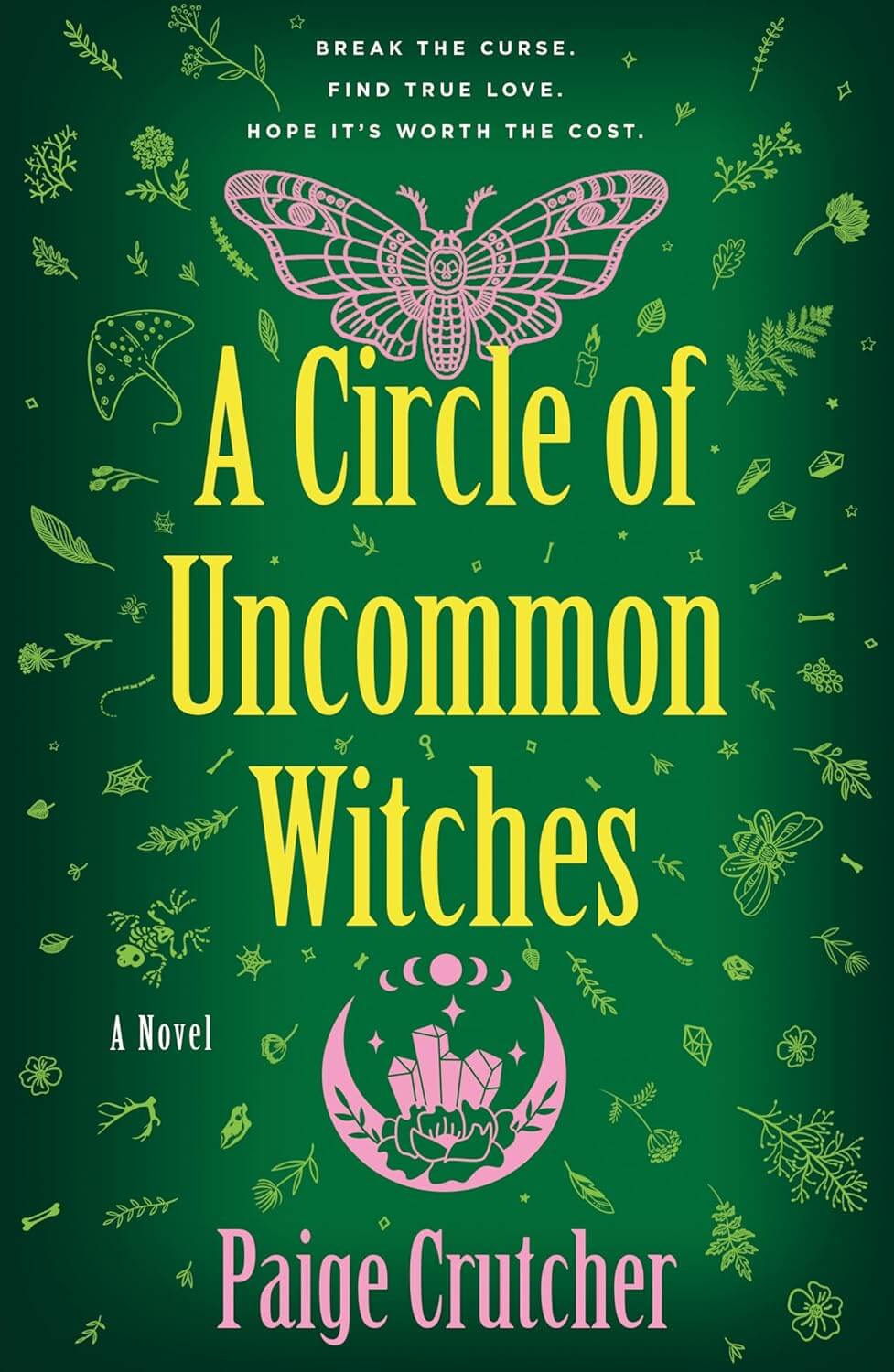





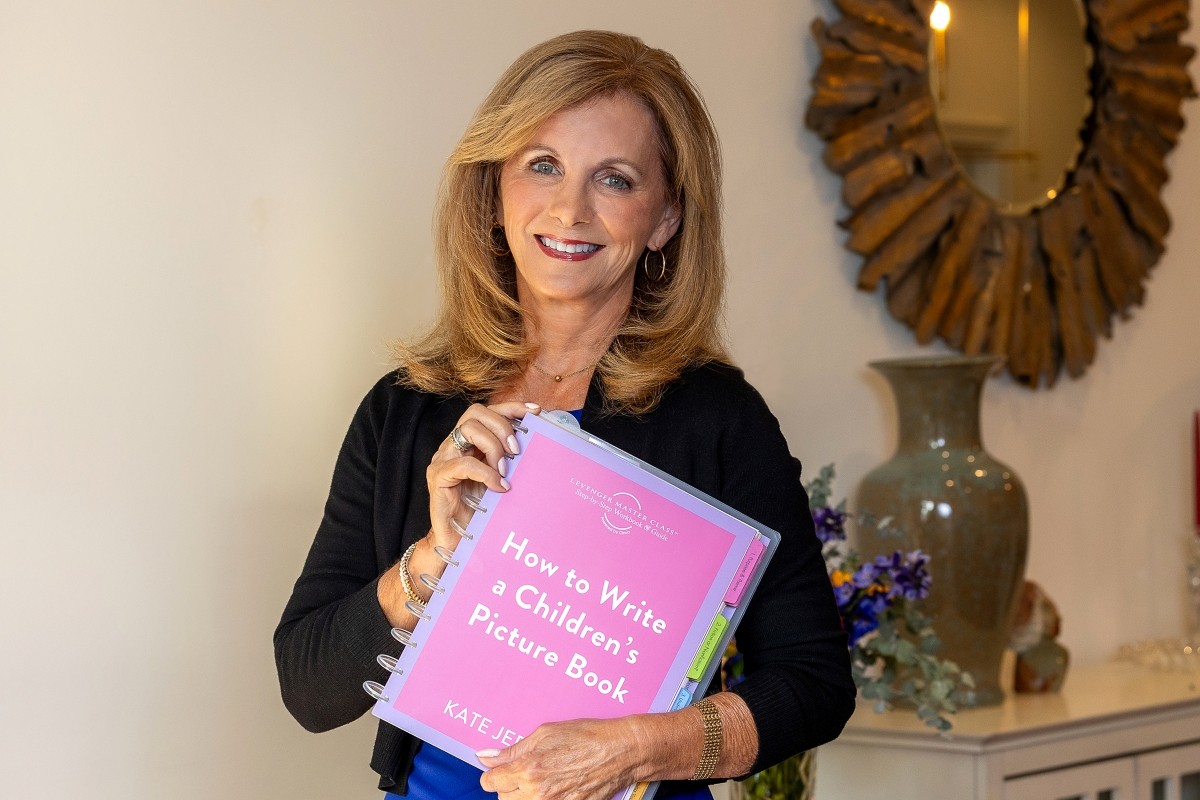
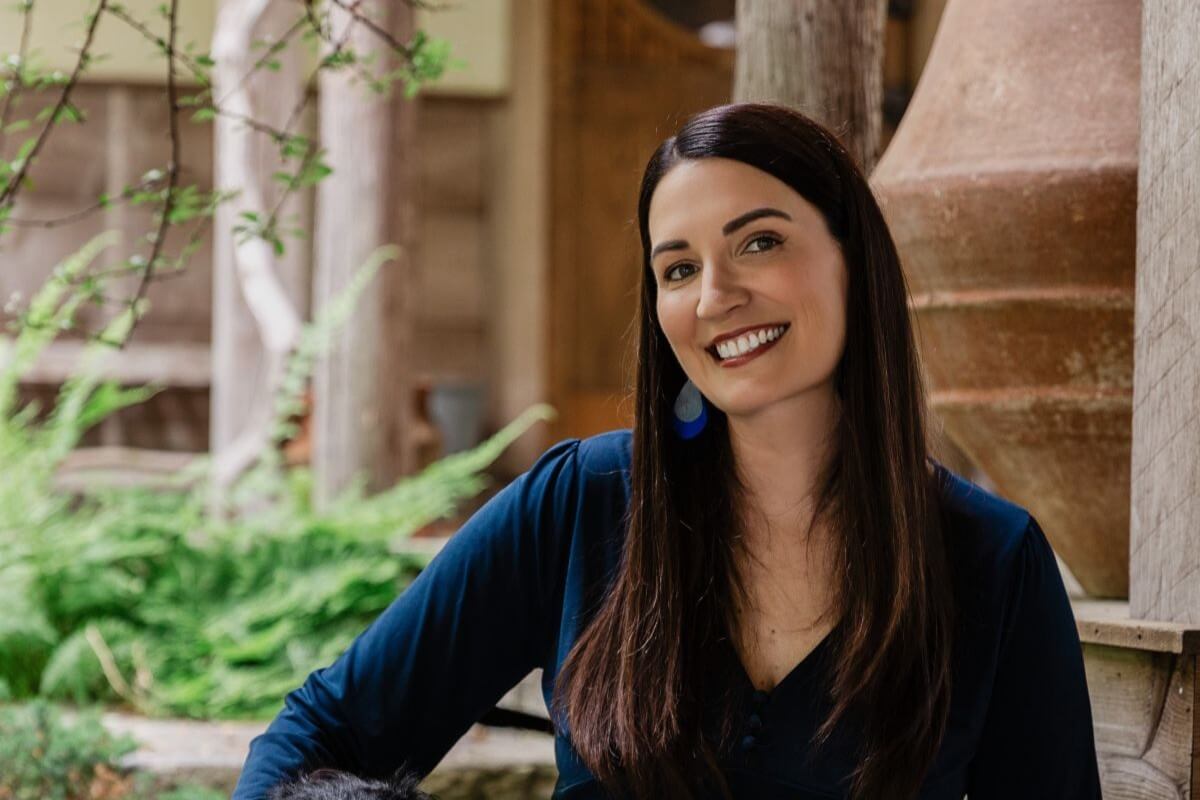

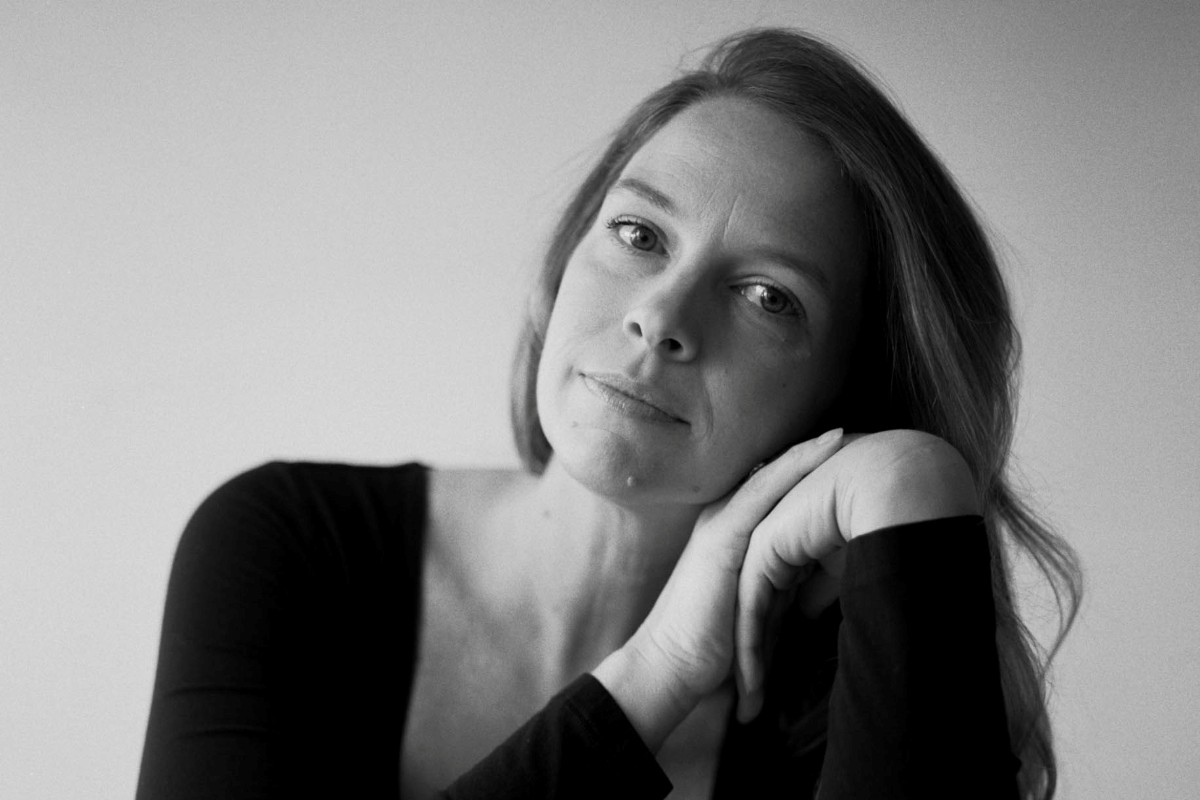


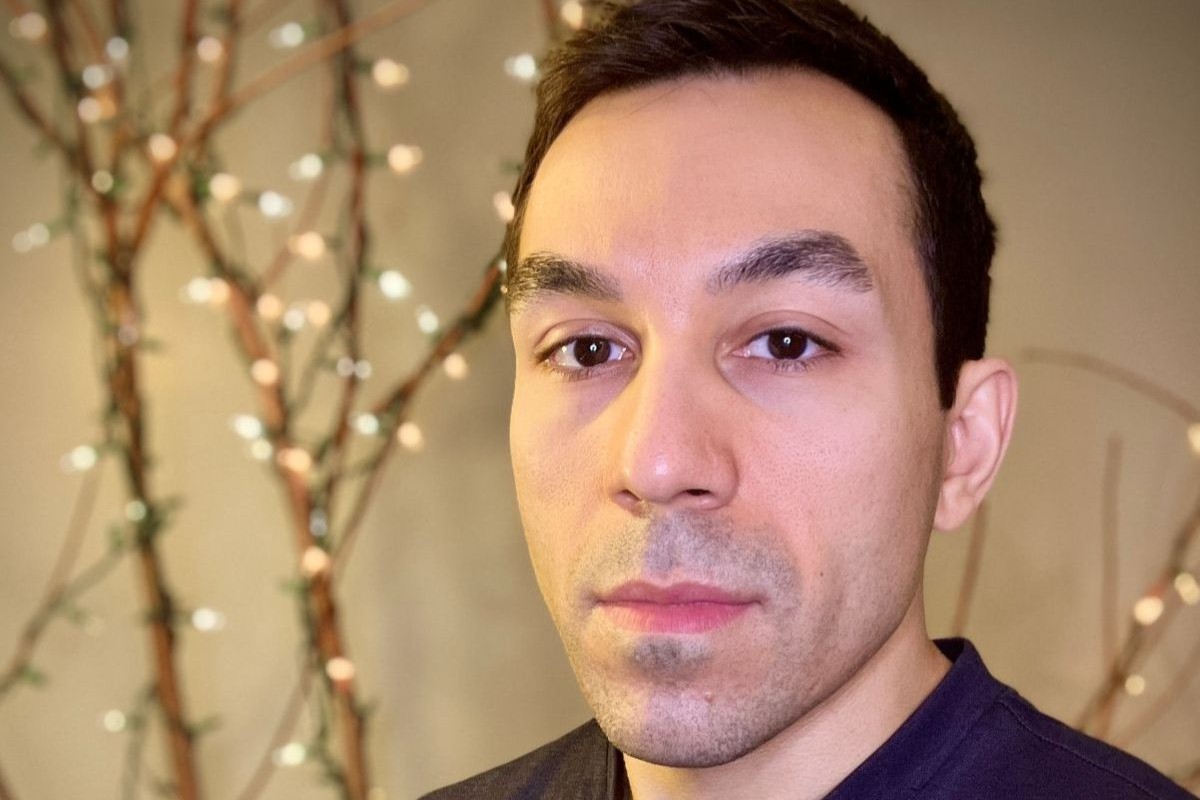
Leave A Comment